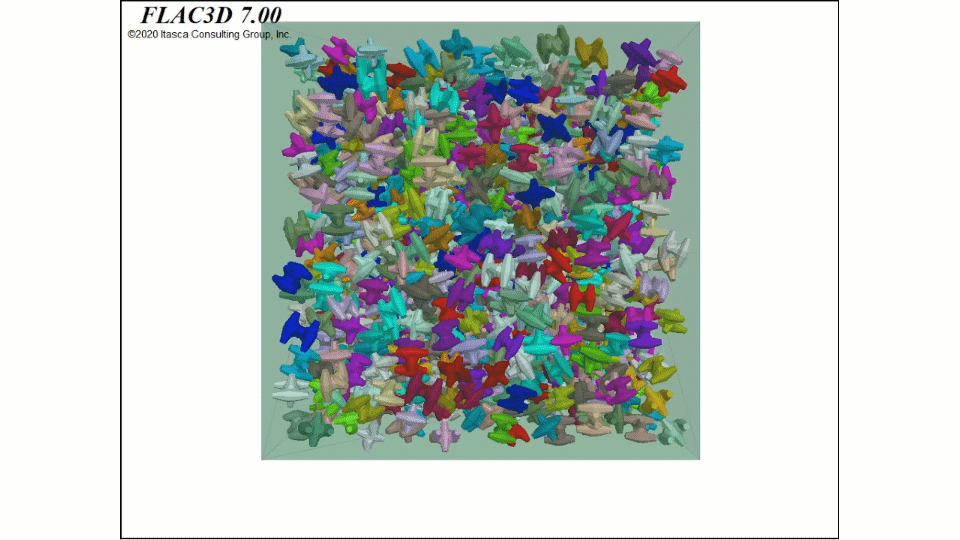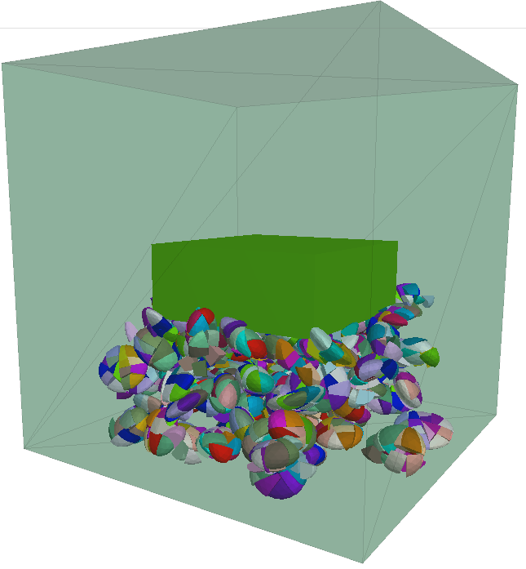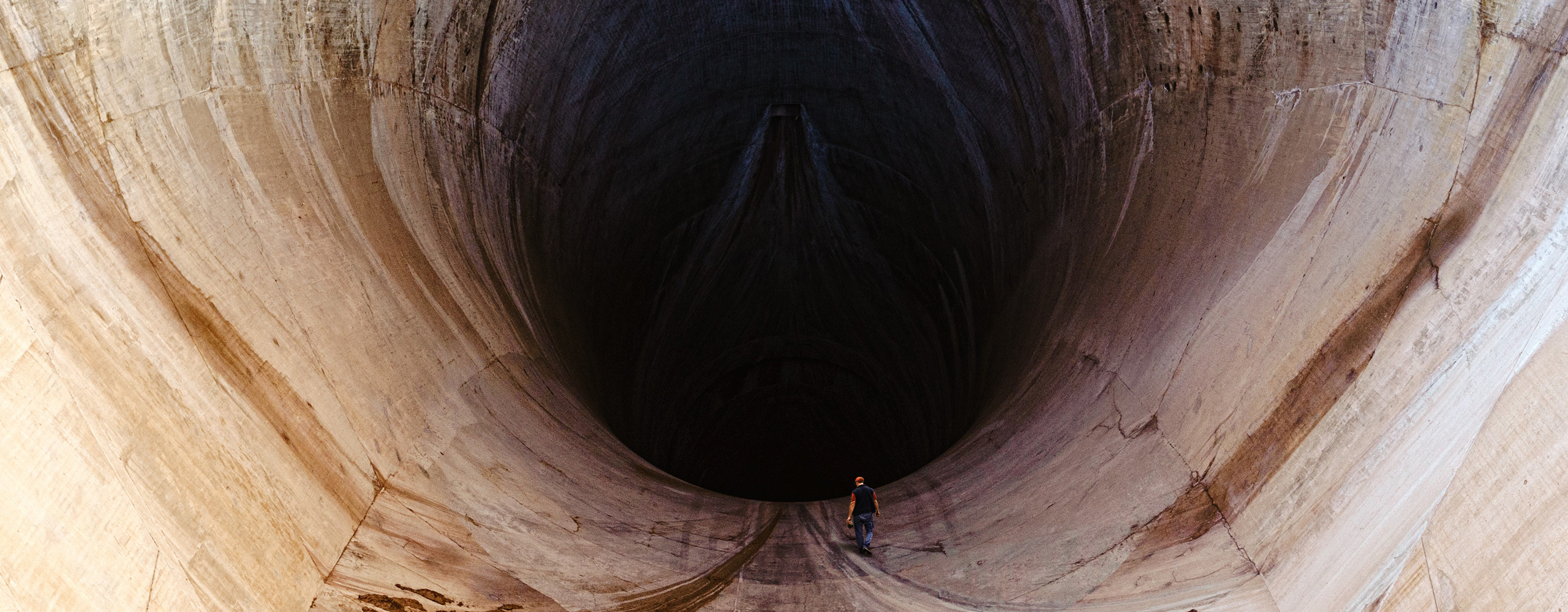In addition to improved computational performance, rigid blocks have been enhanced to:
- Cut rigid blocks during cycling, retaining contacts
- Easily apply rigid block boundary conditions
- Simplify model creation via facet groups
- Densify rigid blocks via cutting
The clumping logic has been generalized, allowing collections of balls and/or convex rigid blocks to be clumped together.
- Concave shapes may be modeled with rigid blocks instead of pebbles. For example, models composed of the dolos object shown below (left and center) require about the same modeling time as the clump (right), but do not suffer from bumpy surfaces and normal stiffness issues.

- Simulations of fragmentation are improved. Clumps (including rigid blocks) may now break (e.g., pebbles may be freed from clumps during cycling) without losing the contact information.
- The clump inertia tensor and volume computations are now multi-threaded.


